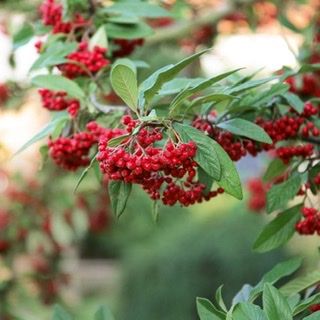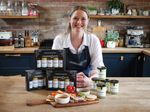With winter in full-swing, there are plenty of jobs to do in the garden in December to prepare for next year.
As well as protecting plants from frost with insulation around, you could also use bubble wrap, which is ideal if you have any left over from Christmas presents.
Don’t forget to clear debris – this is vital to prevent slugs and snails from setting up home in those lovely warm and damp conditions!
So, what other gardening jobs should we be doing in December?
Plant a feast of berries
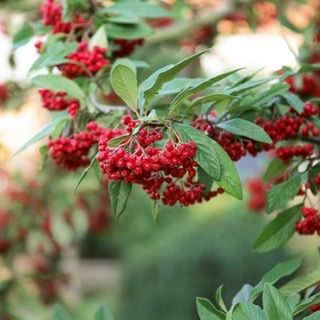
Berries are the jewels of the December garden, offering a festive treat for birds. Those that will attract feathered friends throughout the colder months include holly, mistletoe, pyracantha, cotoneaster and hawthorn – and now is the time to plant these trees and shrubs. When growing holly, ensure you have a self-fertile variety or plant a male and female specimen to guarantee berries. Birds will also appreciate rosehips and crab apples. Very few berries that birds enjoy are suitable for us to eat, however both birds and humans can feast on aronia (chokeberry) berries. These are a little bitter when eaten raw, but packed with vitamin C.
Create winter interest with bark and stems
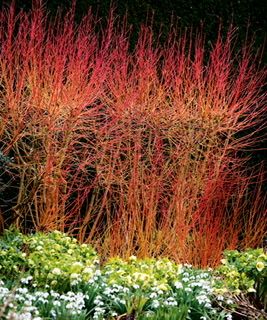
It’s perfect tree- planting time. Once the fabulous autumn leaves fall from Acer griseum (the paperbark maple), this tree still has plenty to offer. The cinnamon-coloured peeling bark looks wonderful all year round and is a valuable addition to the winter garden. It’s a slow-growing tree, which makes it a favourite. The cornus (dogwood) and salix (willow) families are perfect for bright red and golden stems in the winter months. Cornus sanguinea types are exceptional such as ‘Midwinter Fire’ for both red and golden colours. Hard pruning is essential. This should be undertaken annually.
Sow mustard and cress seeds
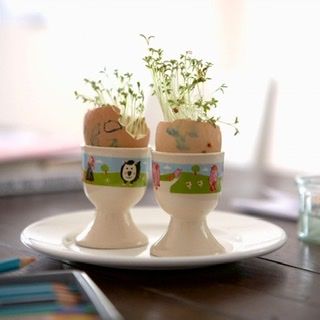
Mustard and cress seeds can be harvested within two weeks. Line a tray with wet kitchen paper and sprinkle with seeds. Put in a polythene bag in the dark, warm place until germination, then move to a sunny windowsill. Water daily, harvesting once stems are 5cm high. Eat the leaves in egg mayonnaise sandwiches.
Feed the birds
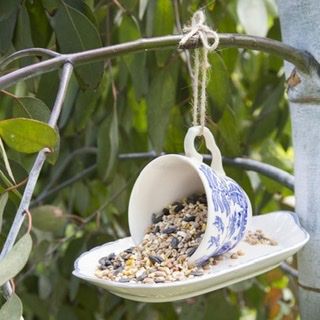
Birds need fresh water and feeding at this time of year when short days leave them little time to forage. Deck a garden tree with millet, berries, rose hips, dried fruits, fresh apples, nuts and special bird foods. Wash and disinfect bird feeders and bird tables too.
Grow Witch Hazel
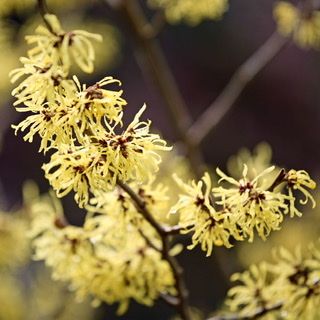
Witch hazels thrive in all free-draining, acid and neutral soils. Buy them in flower, so you can test for scent, and position in full sun. Dig a hole as deep as the container and four times wider, backfilling with soil and firming. After flowering, prune lightly; in spring top-dress the soil under the shrub with a mulch of organic matter, leaving a 20cm circle clear around the trunk. Protect young plants from frosts for the first couple of years.

